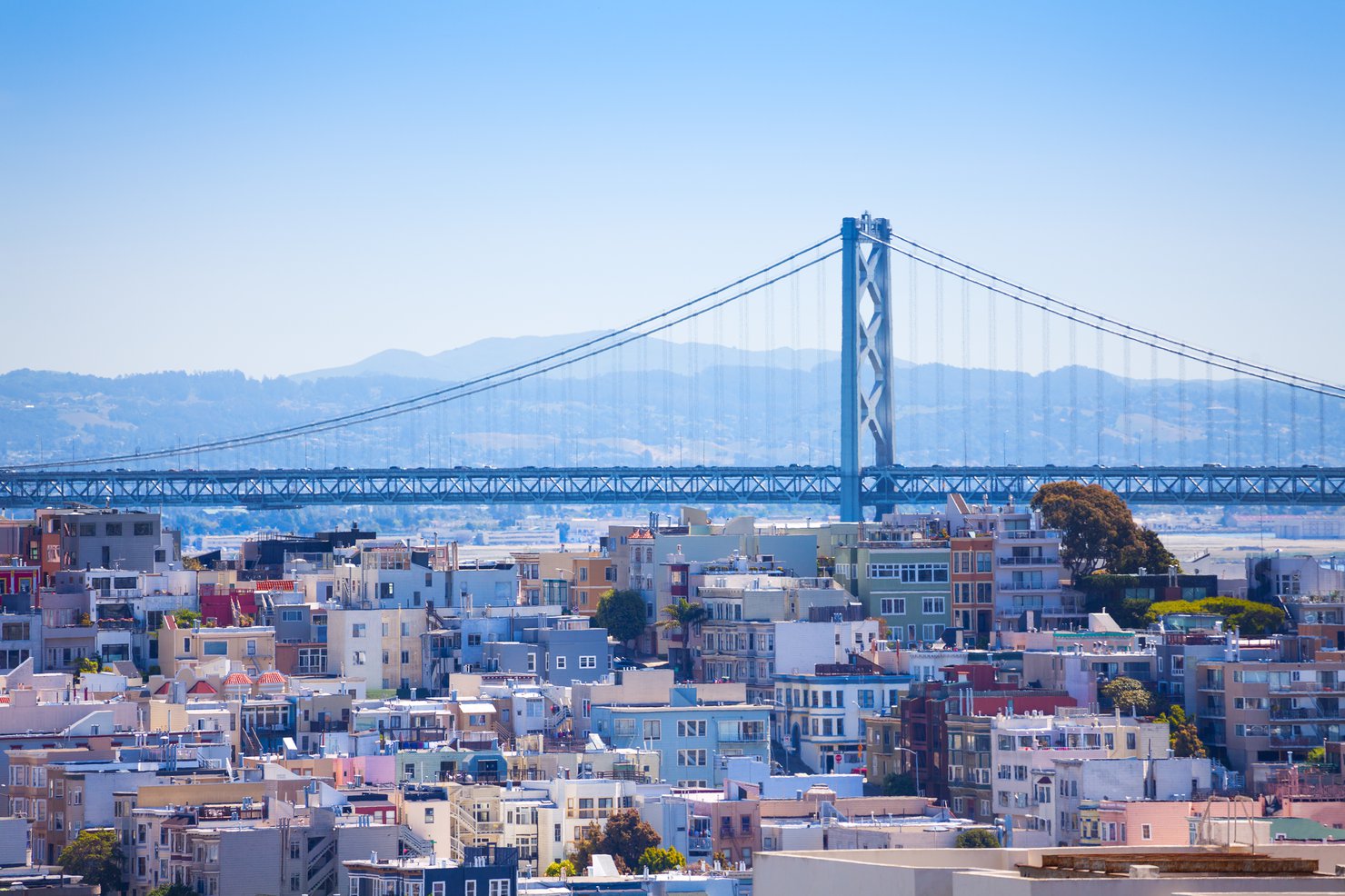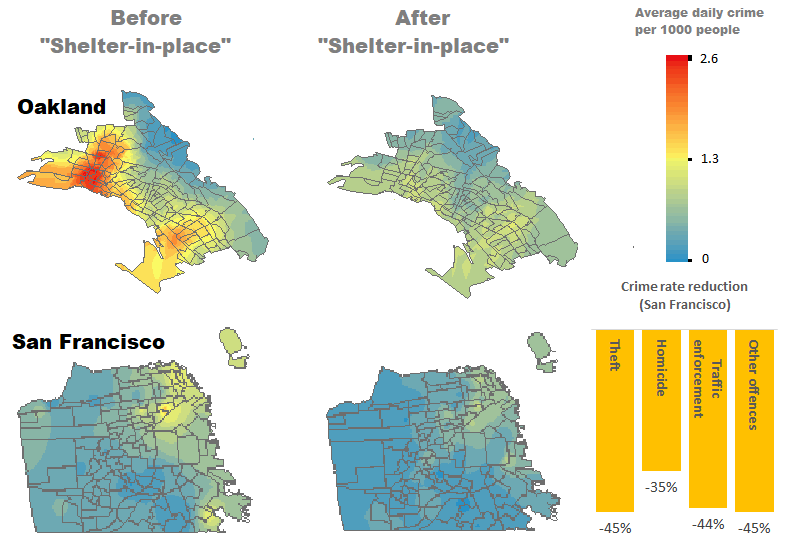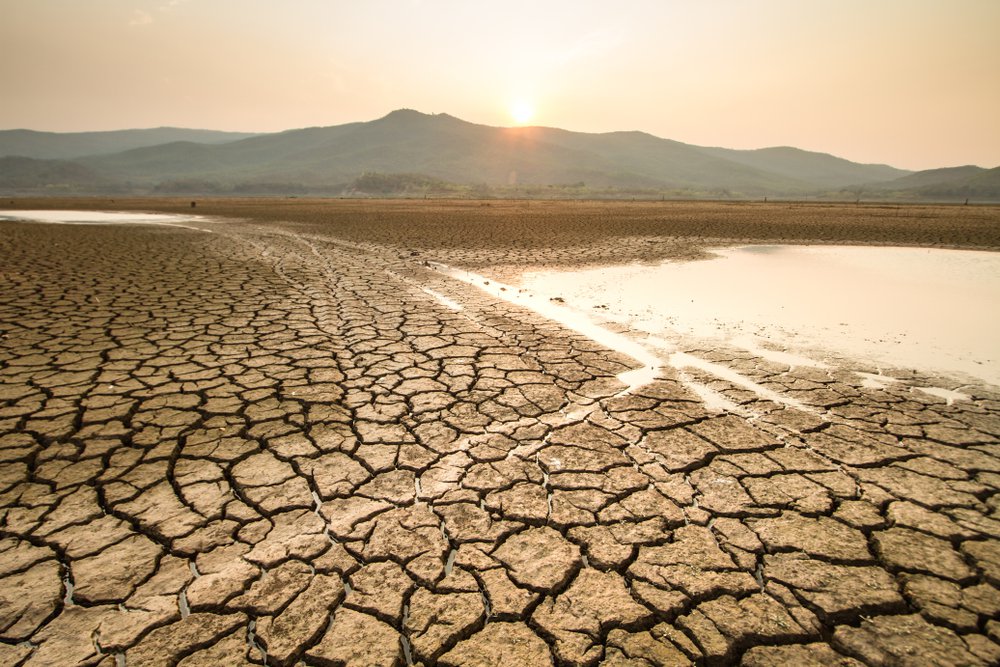Each week, we’re compiling the most relevant news stories from diverse sources online, connecting the latest environmental and energy economics research to global current events, real-time public discourse, and policy decisions. Here are some questions we’re asking and addressing with our research chops this week:
Can measures of the “value of a statistical life” guide how and when the government eases restrictions on social distancing?
Economists warn that the United States is far from ready to reopen its economy. Still, mass social distancing has prompted a staggering economic slowdown and rising unemployment, raising the question: How soon can we end the quarantine? The answer might depend on assessments incorporating the “value of a statistical life” (VSL), an economic measure which estimates how much we would pay to reduce our risk of dying. Assigning a monetary value to life poses obvious moral quandaries, but VSL is widely used in economics and in government assessments of regulatory costs. Last month, researchers at the University of Wyoming used VSL to posit that the value of lives saved from social distancing exceeds the costs of an economic slowdown. Other economists have questioned whether cost-benefit analyses are appropriate for current coronavirus discussions, given that the full costs and benefits of social distancing are hard to predict.
This week on the Resources Radio podcast, RFF Senior Fellow and VSL expert Alan Krupnick discusses how VSL could guide our response to the coronavirus pandemic. After exploring the concept’s complicated history and how contemporary economists approach measuring it, Krupnick contends that the VSL is currently unhelpful for coronavirus discussions. Still, he cautions that incorporating VSL could eventually be advisable, once the pandemic is more under control. “[If] we're pretty sure ... death rates and confirmed cases [are decreasing], then it would be appropriate to use cost-benefit analysis to help decide how fast you try to get back to normal, how fast you limit restrictions on social distancing,” Krupnick says. “Then, the VSL would be appropriate.” For more context on how economists are conceptualizing VSL in today’s uncertain times, read an accompanying blog post from Cole Martin (yours truly).
Related research and commentary:

How is social distancing impacting crime rates?
As the government encourages Americans to stay home to avoid the spread of the coronavirus, crime rates across the country are dropping substantially. In part, this trend is attributable to a decline in police activity, as fewer traffic and in-person stops have prompted fewer actual arrests. But much of the crime drop has to do with how Americans have been forced to shift behavior in recent weeks: the fewer open storefronts have prompted a drop in commercial robberies, and fewer people in public means “fewer potential victims” for petty crimes. While the trend is observable across multiple cities, crime seems to have dropped most precipitously in the Bay Area, where shelter-in-place orders were earlier and more aggressive than other metro areas. Still, not all crimes have become less likely: police calls related to domestic disturbances and violence have increased by as much as 30 percent in some cities, and digital crimes like online fraud could surge.

This week, Soheil Shayegh, a researcher at the RFF-CMCC European Institute on Economics & the Environment in Italy, coauthored a working paper assessing how the pandemic has impacted crime rates in the Bay Area. After analyzing historical crime data from San Francisco and comparing incident reports in both San Francisco and Oakland before and after the region-wide shelter-in-place order, researchers find a steep drop in theft, homicide, and traffic accidents—but no similar reduction in domestic violence reports. These results hold true even after accounting for how crime rates historically fluctuate depending on the day of the week and a given day’s weather conditions. Still, the researchers caution that there is no indication that crime rates will remain low even after social distancing restrictions are lifted. “These trends, although promising a glimpse of positive outcome for the community during the outbreak, may not have a lasting impact in the long term,” they write.
Related research and commentary:

As climate change makes weather events like droughts more likely, what kinds of novel and innovative evidence can we use to inform related policies?
NASA announced last week that, alongside researchers from the University of Nebraska-Lincoln, it has developed comprehensive maps of global water availability. Drawing on “measurements from two satellite missions assimilated into a computer model,” these maps track water at the levels of the ground’s surface, the root zone, and groundwater. They also forecast up to 90 days into the future, which can help predict flash floods or droughts. NASA has been sharing maps of the United States since 2012, but is now leveraging data from its Gravity Recovery and Climate Experiment Follow On (GRACE-FO) satellites to publicize global maps. These data could be especially important for policymakers, after a year in which prolonged droughts in the Horn of Africa and in Australia wreaked havoc, and as climate change increases the likelihood of catastrophic weather events like droughts.
In Resources magazine’s recent issue 203, a new article from RFF Fellow Yusuke Kuwayama explores how advances in satellite data can guide how decisionmakers approach water policy. Kuwayama surveys the potential uses of satellite data—from documenting droughts to measuring water pollution to quantifying complex processes like evapotranspiration—and discusses continued hurdles that hamper widespread adoption. An expert on water resources policy, Kuwayama is also the director of the VALUABLES Consortium, a partnership between NASA and RFF that collects insights through satellite data that can be used to protect public health and shape environmental policy. For more about how research conducted through the VALUABLES Consortium is helping to resolve pressing environmental problems, read the article.







